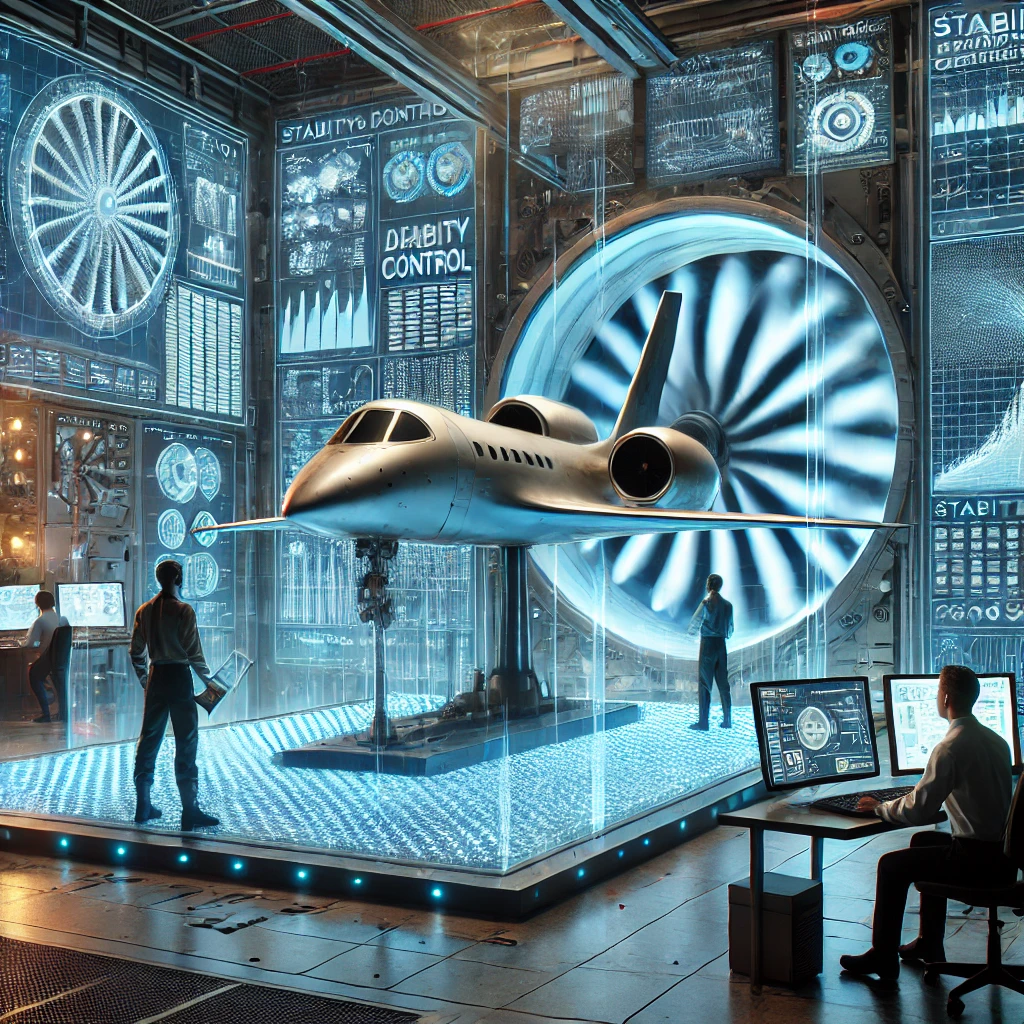Introduction
Aerospace vehicle stability and control is a crucial discipline in aeronautical and astronautical engineering, focusing on the mechanisms that ensure aircraft and spacecraft maintain their desired trajectory and respond correctly to control inputs. This subject integrates physics, mathematics, and engineering principles, making it challenging for students. If you need Aerospace Vehicle Stability and Control Homework Help, this guide provides an in-depth exploration of the key concepts, challenges, and solutions associated with this field.

Understanding Aerospace Vehicle Stability and Control
Stability and control in aerospace vehicles involve the study of forces and moments acting on an aircraft or spacecraft and how these influence its motion. It includes analyzing the aerodynamic properties, control surfaces, feedback mechanisms, and external influences like atmospheric conditions.
Importance of Stability and Control
- Ensures safe and efficient flight operations.
- Enhances maneuverability and performance.
- Helps in designing autopilot and automated control systems.
- Supports spacecraft navigation and re-entry control.
Key Concepts in Aerospace Vehicle Stability and Control
For students seeking Aerospace Vehicle Stability and Control Homework Help, understanding the fundamental concepts is essential:
1. Types of Stability
Stability refers to an aerospace vehicle’s tendency to return to its original flight condition after a disturbance. The three primary types are:
- Static Stability: The initial response of an aircraft to a disturbance.
- Dynamic Stability: The aircraft’s behavior over time after a disturbance.
- Longitudinal, Lateral, and Directional Stability:
- Longitudinal Stability: Stability about the pitch axis.
- Lateral Stability: Stability about the roll axis.
- Directional Stability: Stability about the yaw axis.
2. Control Surfaces and Their Functions
Control surfaces manipulate an aerospace vehicle’s orientation. These include:
- Elevators: Control pitch (up and down movement).
- Ailerons: Control roll (side-to-side tilting).
- Rudder: Controls yaw (left and right movement).
- Canards and Flaps: Assist in maneuverability and lift control.
3. Flight Control Systems
Modern aerospace vehicles rely on sophisticated flight control systems to enhance stability and maneuverability. These systems include:
- Manual Control: Pilot-operated mechanical systems.
- Fly-by-Wire Systems: Electronic control with computer assistance.
- Autonomous Control Systems: Used in UAVs and spacecraft for automated operations.
4. Stability Derivatives and Aerodynamic Forces
Analyzing stability derivatives helps engineers predict an aerospace vehicle’s response to disturbances. These include:
- Lift and Drag Forces: Determine aerodynamic efficiency.
- Moment Coefficients: Influence vehicle rotation and stability.
- Control Effectiveness Parameters: Measure how control inputs affect motion.
Challenges in Aerospace Vehicle Stability and Control
Students seeking Aerospace Vehicle Stability and Control Homework Help often face challenges such as:
- Complex mathematical modeling and differential equations.
- Understanding nonlinear aerodynamics.
- Analyzing real-world stability data and flight dynamics.
- Implementing control laws and system simulations.
Solutions to Overcome Challenges
- Use software tools like MATLAB, Simulink, and X-Plane for simulations.
- Break down equations into smaller, manageable components.
- Study real-world case studies and aircraft stability reports.
- Seek guidance from professors, online forums, and tutoring services.
Practical Applications of Aerospace Vehicle Stability and Control
Aerospace stability and control play a vital role in various applications, including:
- Commercial and Military Aircraft: Ensuring smooth flight performance.
- Spacecraft Attitude Control: Maintaining orientation in space missions.
- Drones and UAVs: Enhancing stability for automated flight.
- Reentry Vehicles: Controlling descent for safe atmospheric reentry.
Seeking Professional Help for Homework
If you require Aerospace Vehicle Stability and Control Homework Help, consider:
- Consulting online tutoring services specializing in aerospace engineering.
- Using academic textbooks, research papers, and online courses.
- Leveraging flight simulation software to understand real-world stability.
Conclusion
Mastering aerospace vehicle stability and control is essential for aerospace engineers to design safe and efficient aircraft and spacecraft. By understanding key stability principles, control systems, and aerodynamic forces, students can excel in their assignments and projects. If you need Aerospace Vehicle Stability and Control Homework Help, numerous academic and professional resources are available to guide you through the subject.


